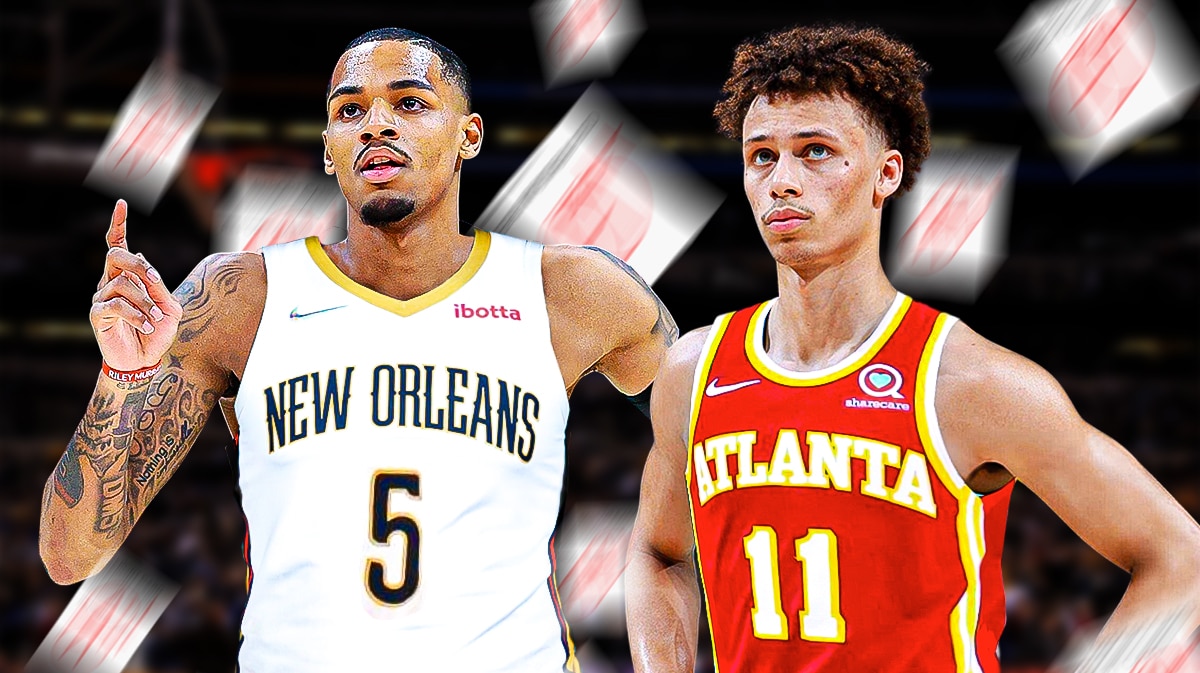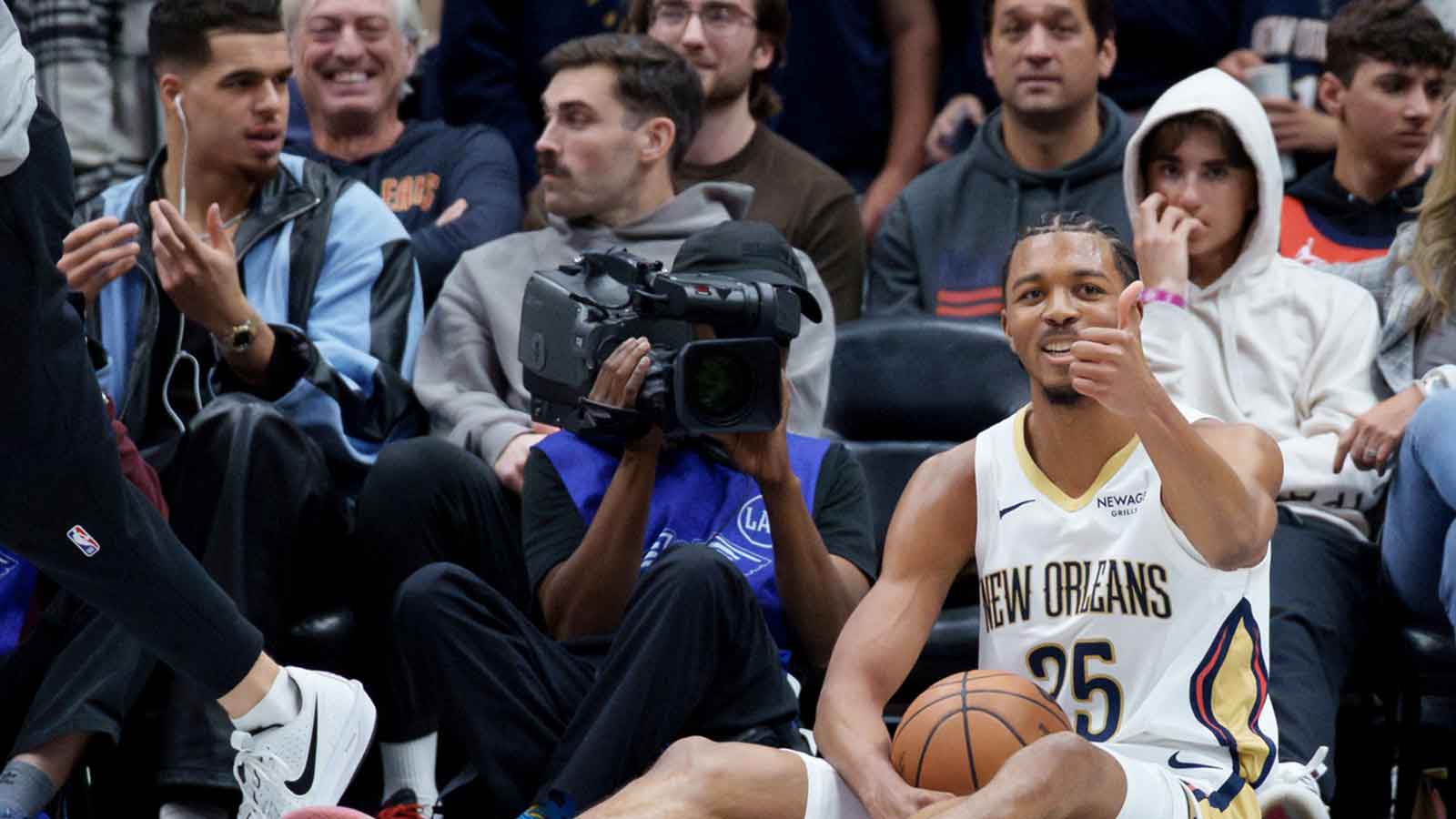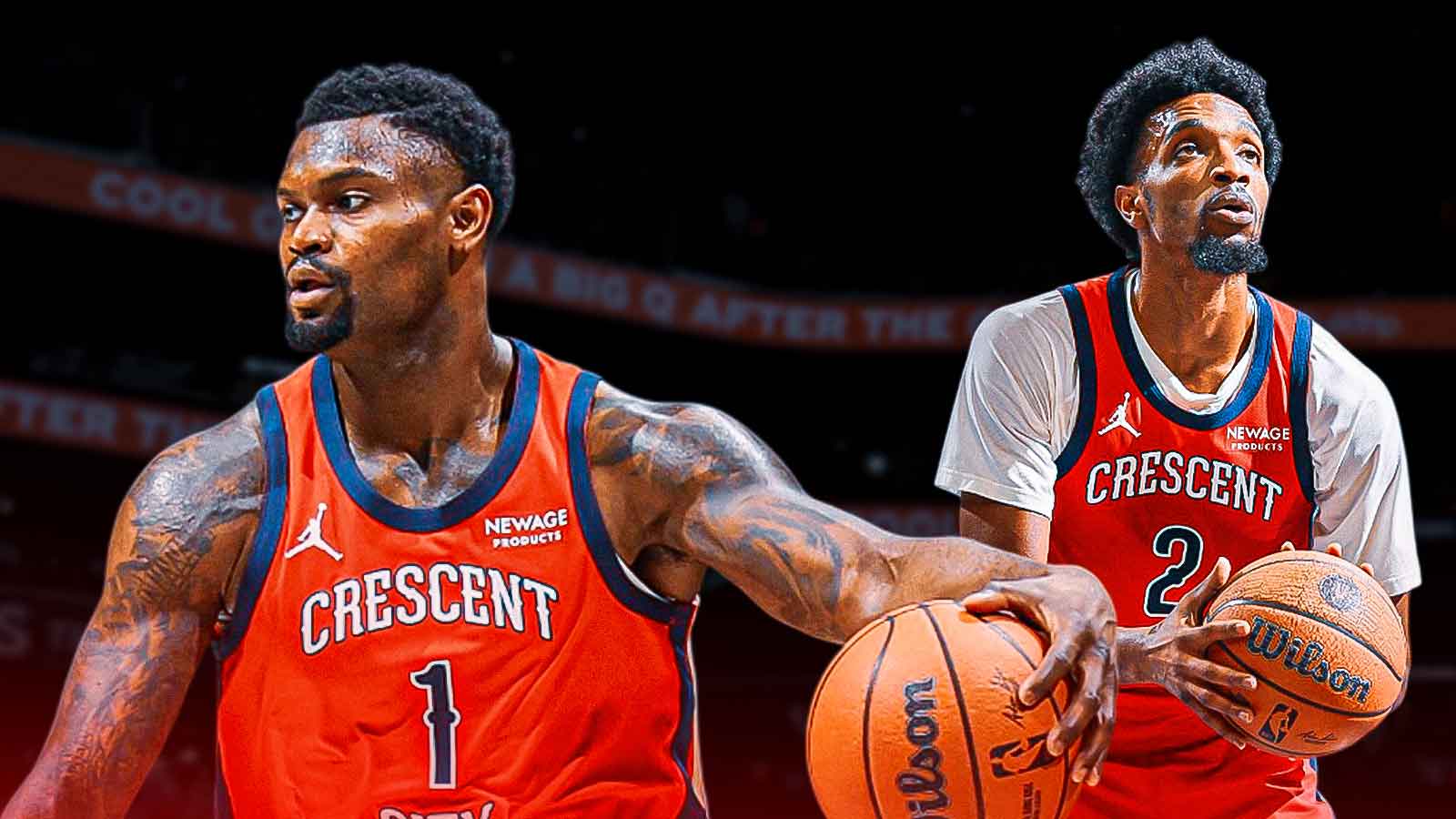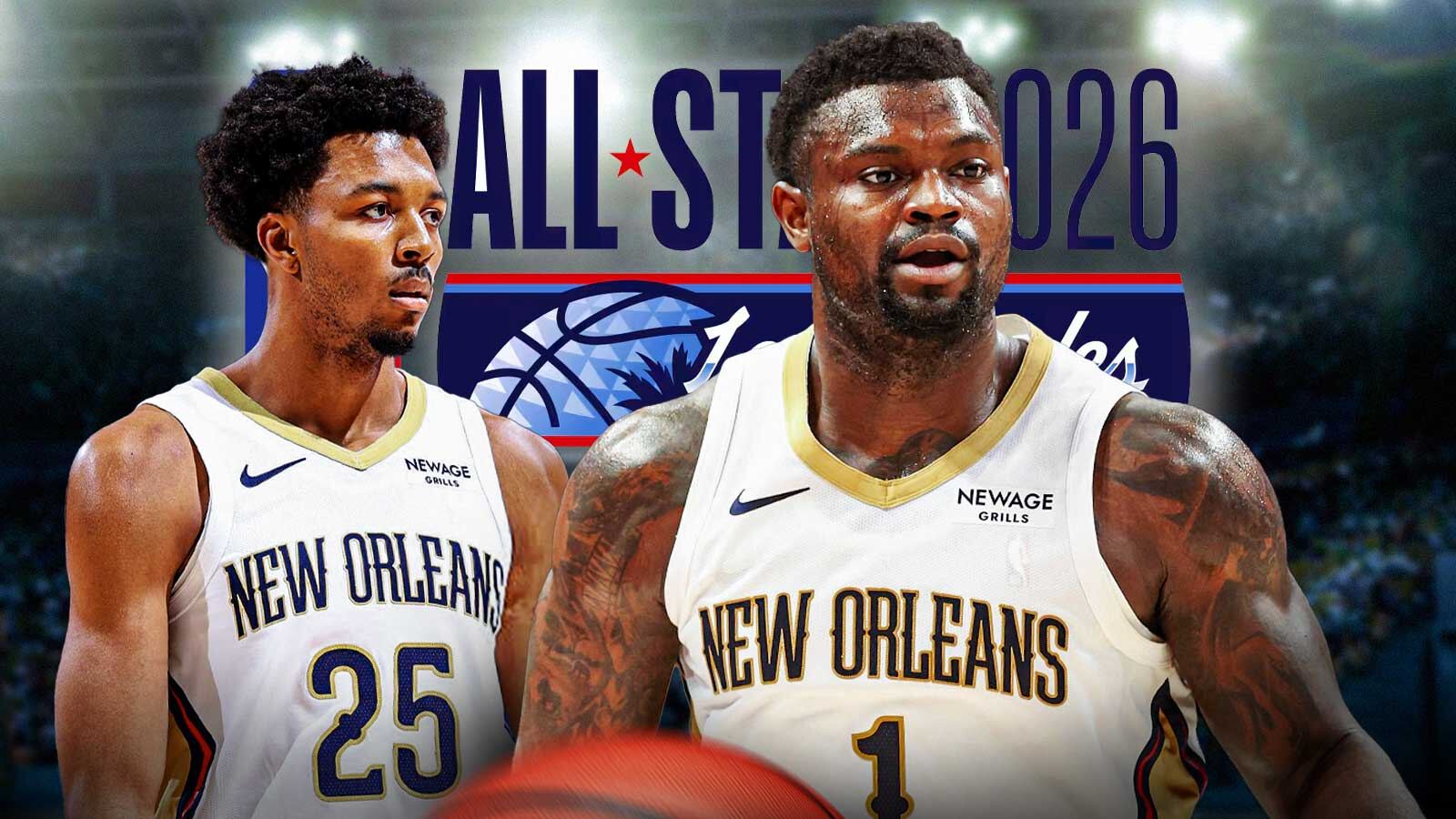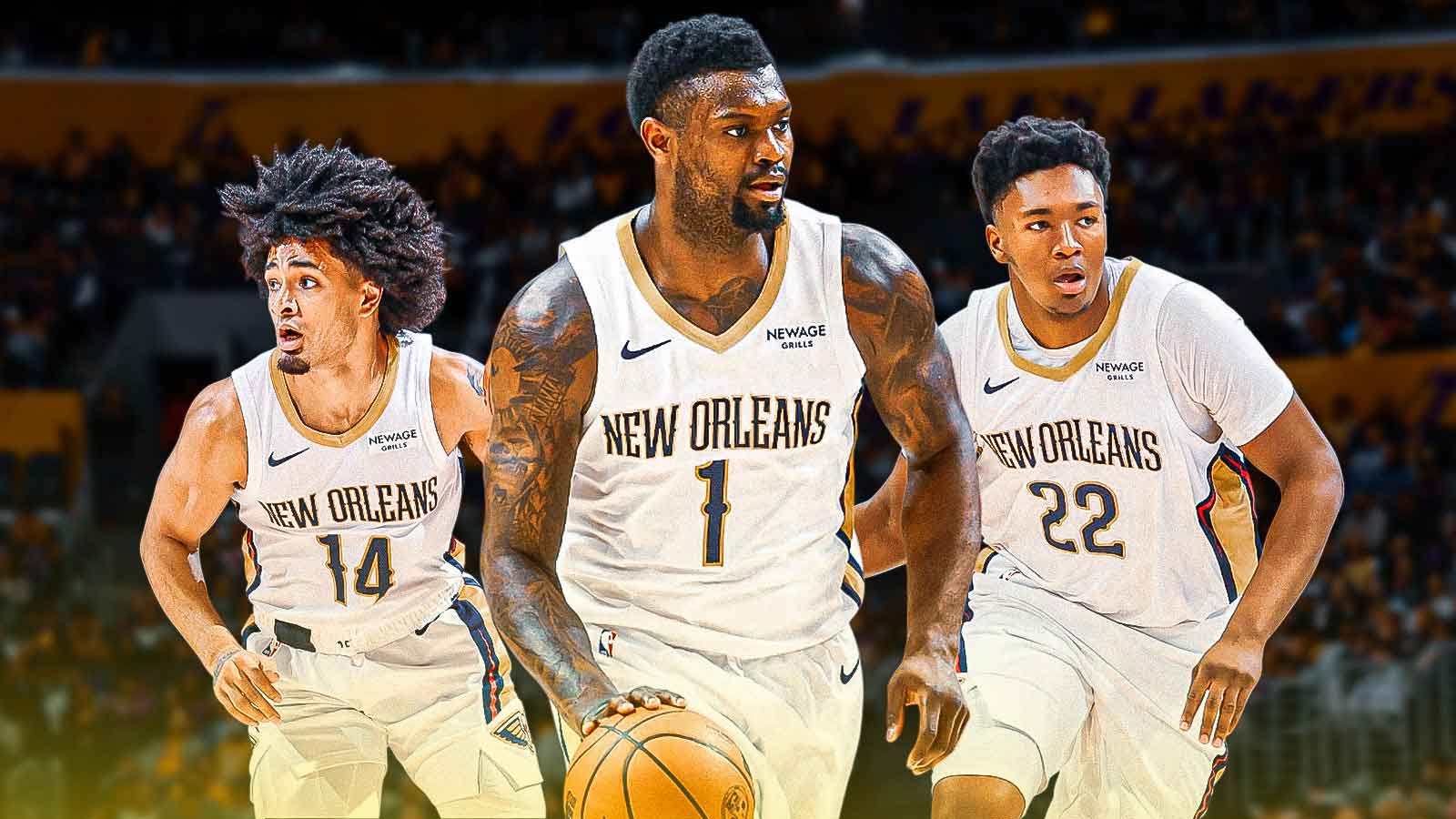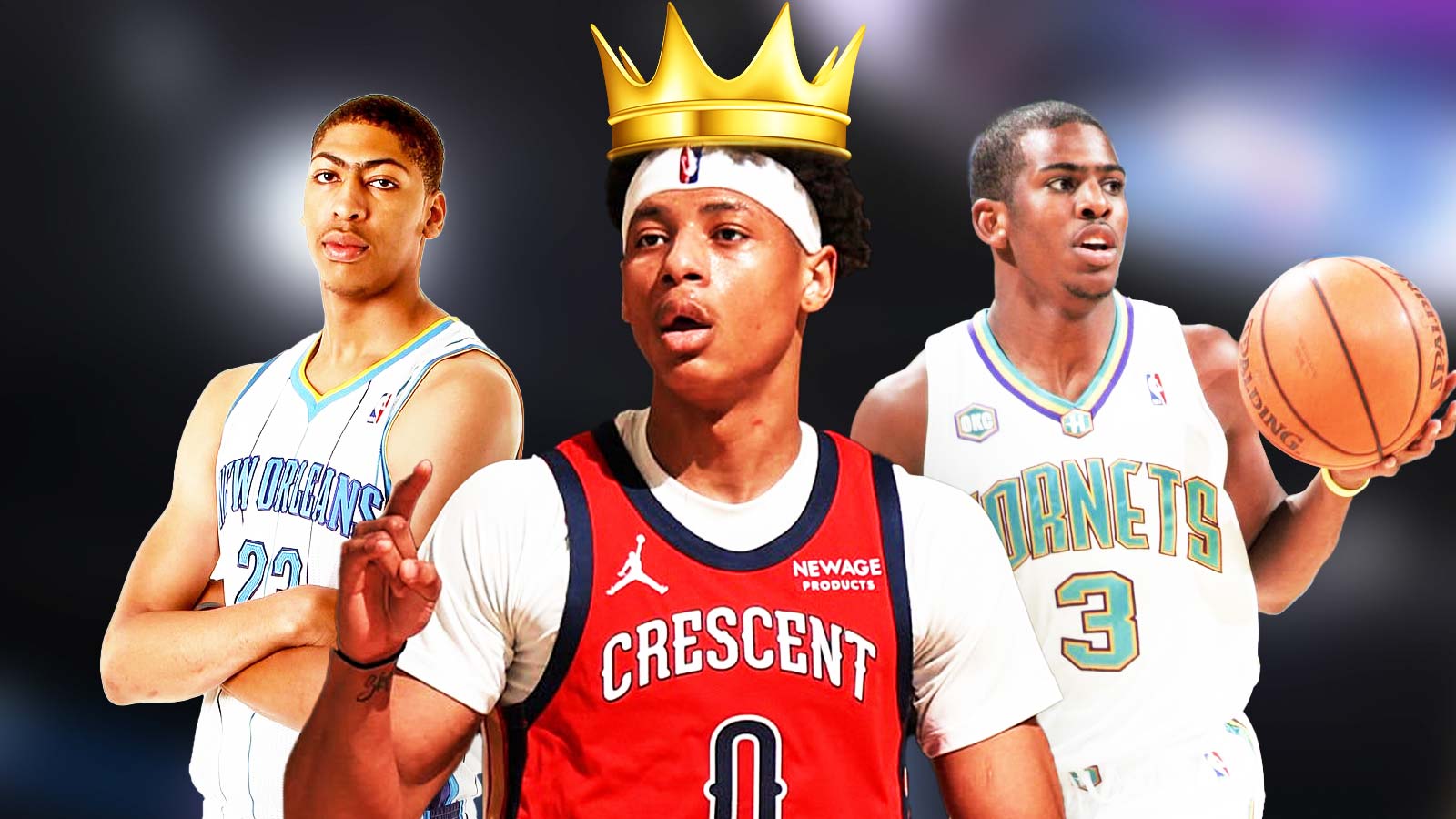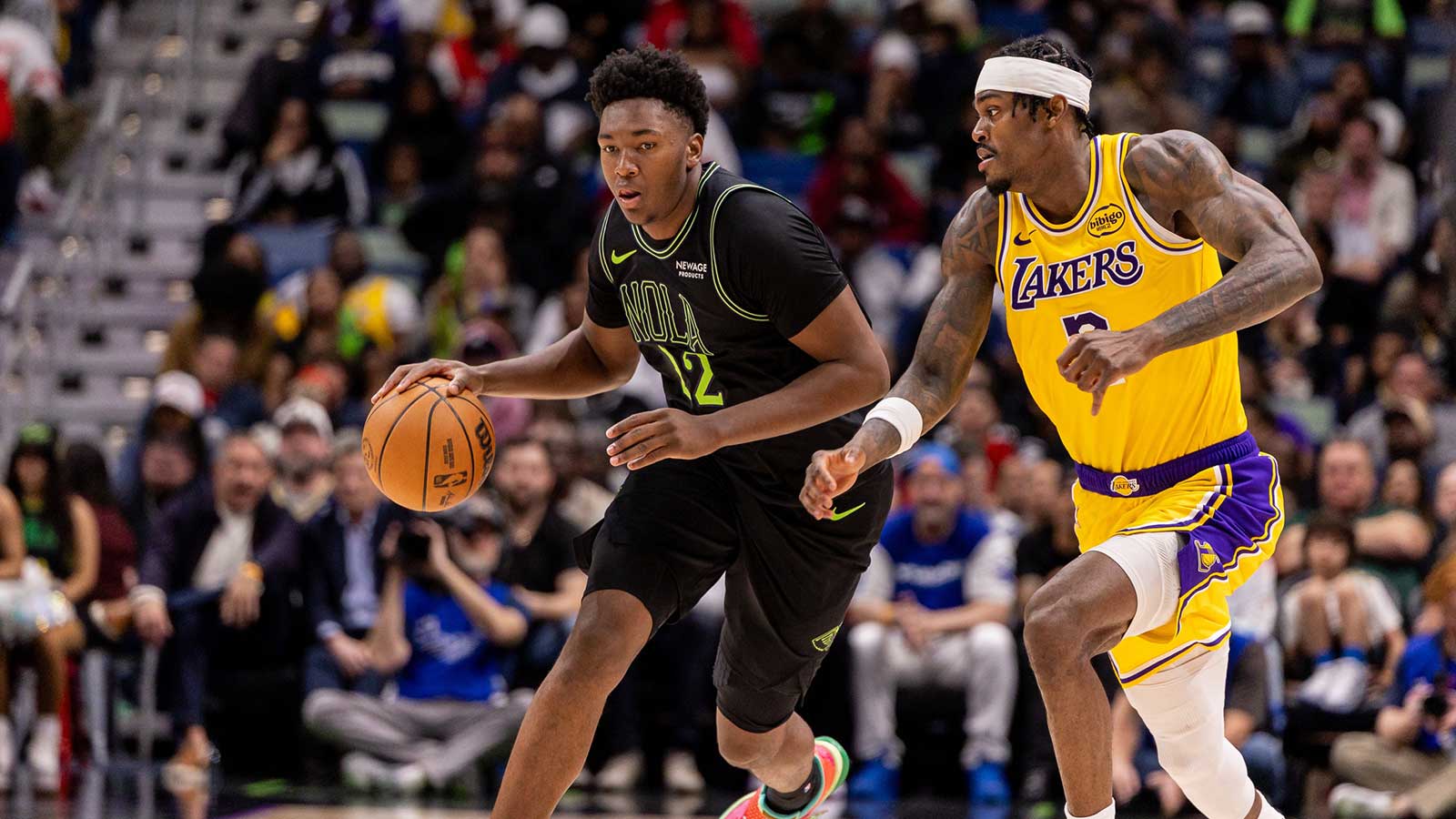After much anticipation, the Atlanta Hawks finally pulled the plug on the Trae Young-Dejounte Murray backcourt. On Friday night, the Hawks agreed to trade Murray to the New Orleans Pelicans in exchange for Dyson Daniels, Larry Nance Jr., and two first-round picks. Murray has been linked to the Pelicans for some time now, and finally, he lands in the Big Easy after a rumor-filled past year or so-stint in Atlanta.
As is the case with every trade, there must be an assessment of how well either team did. There are many factors that come into play. For teams that are trading for the star-level talent, analyzing whether or not they paid a fair price for their services is important. For the team giving up the more talented player, it will be paramount that they get enough of a return. Those are the aspects of the trade we'll be looking to dissect for both the Pelicans and Hawks in the aftermath of their blockbuster trade.
Pelicans load up in the backcourt
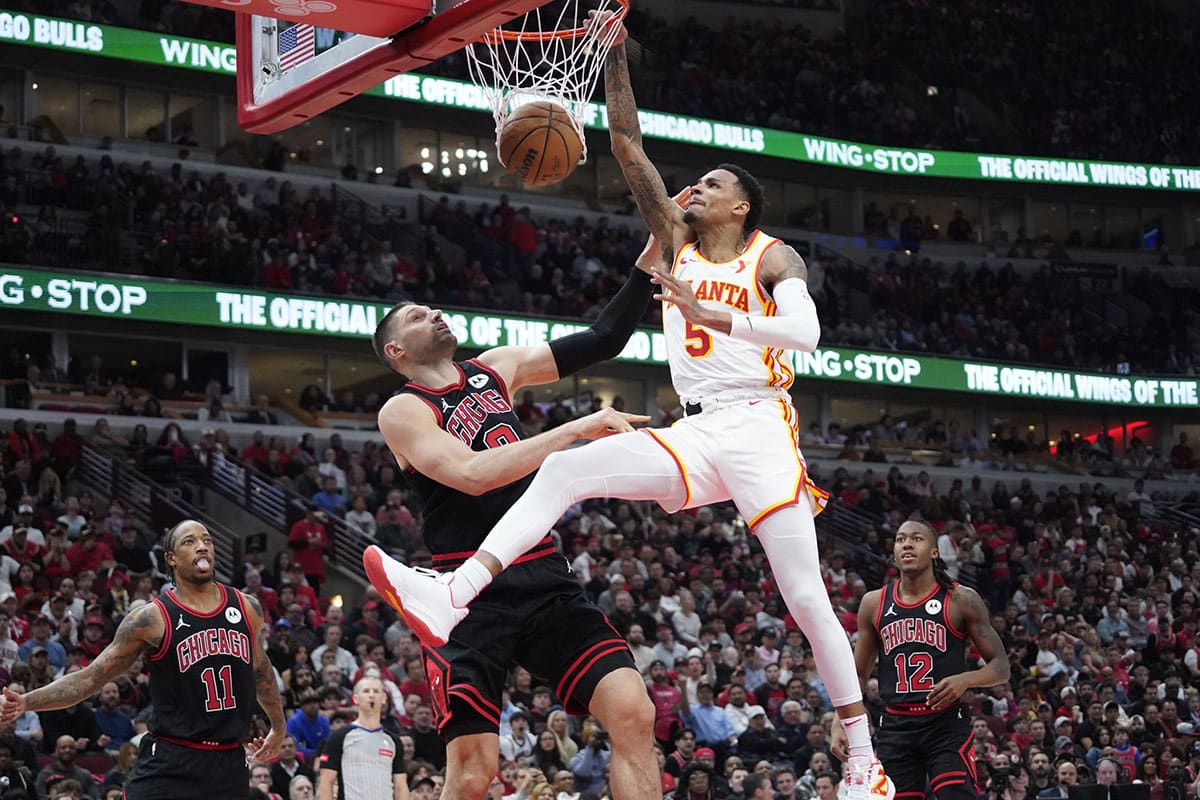
The Pelicans, following a first-round sweep at the hands of the Oklahoma City Thunder, appeared to be at the end of their rope when it comes to their current roster. With Brandon Ingram in the final year of his contract, it seemed inevitable that major changes would be coming in the Big Easy. With the Pelicans being one of the teams that kicked the tires on a possible trade for Dejounte Murray earlier this year, it looked like a framework of a trade between them and the Hawks centered on Ingram and Murray made a bit of sense.
However, for the Pelicans to nab Murray without having to give up Ingram is something that should make fans wonder why other teams did not match the Hawks' trade asking price.
Losing Dyson Daniels is not worth nothing. Daniels is only 20 years old, but he is already one of the best defenders in the association. The way he slides his feet and keeps up with his man on the perimeter is a joy to watch. At 6'8, Daniels has the physical tools to be one of the most suffocating point of attack defenders in the league for the next decade or so.
But Daniels is as raw as it gets offensively; despite being billed as a point guard, he doesn't exactly excel in the facets of the game that point guards these days must. His ballhandling can be iffy, he doesn't have explosive perimeter to rim burst, and most importantly, he doesn't have quite the marksmanship from the perimeter, both off the dribble and off the catch, to warrant heavy minutes on a Pelicans team that has a few capable playmakers.
Larry Nance Jr. has excelled for the Pelicans as a small-ball center option, a man capable of handling some more aggressive perimeter coverages due to his better mobility, at least relative to Jonas Valanciunas'. But Nance is a bench player and he's already 31 years of age.
The draft picks they gave up shouldn't be too painful to lose as well. They gave up the Los Angeles Lakers' 2025 first-round pick; the Lakers may not yet be a championship contender, but they should be a respectable team next season as long as LeBron James and Anthony Davis are healthy. The other pick the Pelicans surrendered was the less favorable of theirs and the Milwaukee Bucks' 2026 first-rounder, and both teams should be strong shouts for a playoff spot even two years from now.
Giving up two non-lottery picks for a former All-Star who could help elevate the team is a no-brainer. Dejounte Murray may not have been the solution to the Hawks' problems, nor would he be for the Pelicans. But Murray has that clutch gene, an unquantifiable swagger, and some disruptiveness on the perimeter, all the while being a solid three-level scorer. Murray is also under contract for four more years at a total of $114 million; he's making less per year than Immanuel Quickley, for reference.
Count this one as a major win for the Pelicans.
Pelicans' trade grade: A+
The Hawks set Dejounte Murray free, but with a cost
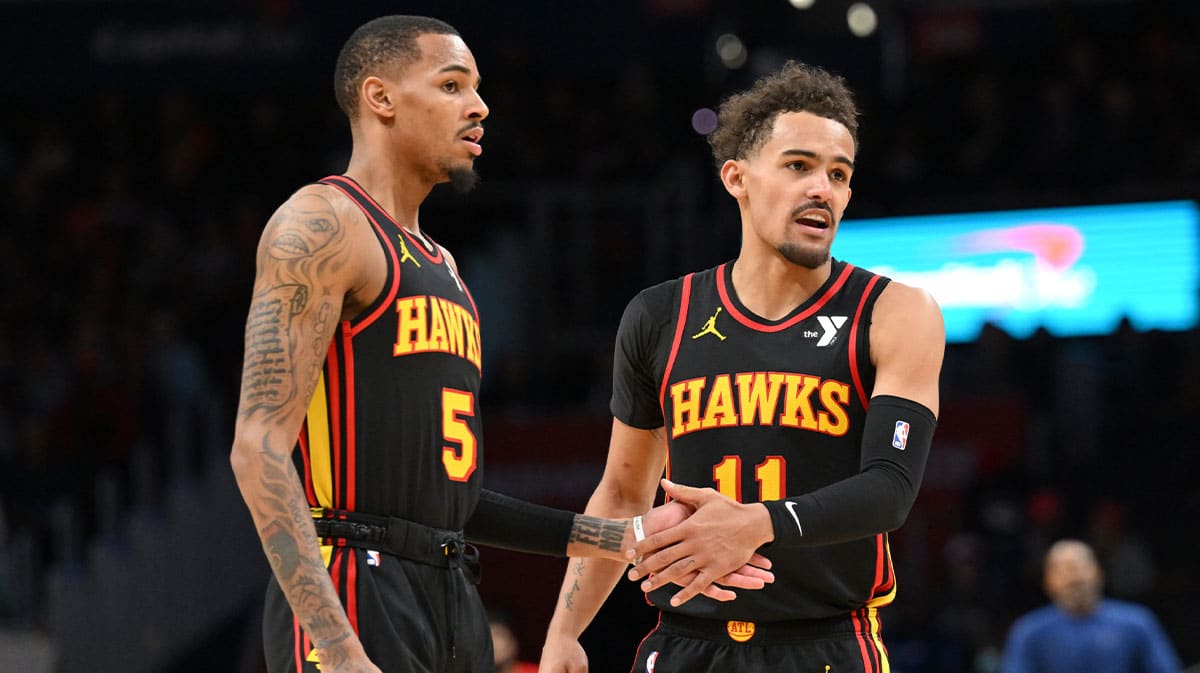
It was inevitable for the Hawks to trade away either Trae Young or Dejounte Murray. In the end, after just two seasons with the team, the Hawks traded Murray away, cutting their losses and admitting that their trade for him back in 2022 was a misfire.
The return the Hawks got was alright; they got a former eighth overall pick in Dyson Daniels, a tradeable center in Larry Nance Jr., and two more first-rounders to aid them in their rebuild. No one can say that this was a bad return. But compared to what they gave up, it's hard not to feel as though the Hawks got a bit shortchanged.
Atlanta gave up two unprotected first-round picks that will convey in 2025 and 2027, and a 2026 pick swap when they acquired Murray from the San Antonio Spurs. That alone should give Hawks fans that ugly churning feeling in their stomach. The Hawks simply cannot commit to a rebuild like some believe they would because they don't have control over their own draft picks for the next three years.
One popular suggestion for the Hawks is to trade away Trae Young to the Spurs so they could get their picks back. The Spurs, however, have shown no inclination to pull off such a trade. Those Hawks picks could be golden yet again, especially when that pick became the first overall selection of this past draft.
At the very least, the Hawks are attempting to achieve some semblance of better two-way balance in a core around Young. A starting lineup of Young, Zaccharie Risacher, De'Andre Hunter, Jalen Johnson, and Onyeka Okongwu (this assumes that a Clint Capela trade will be happening) should be good enough to keep them afloat in the Eastern Conference. With Bogdan Bogdanovic, Saddiq Bey, Daniels, and Nance coming off the bench, the Hawks should have solid depth as well, which will be key to prevent them from bottoming out.
Hawks' trade grade: B-

